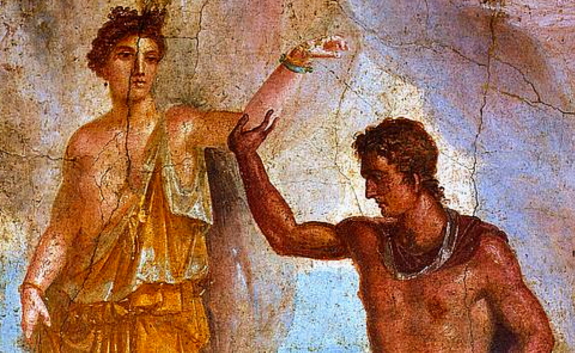|
Rome, Italy: Check Out The Cool Catacombs |
 |
 |
 |
|

There are scores of underground ancient burial sites in and around Rome. They could hold as many as one million deceased Roman Christians, many from the 1st through the 9th Century A.D.
When Christianity was forbidden in early Rome, those who practiced the faith were persecuted by imprisonment or death in the arenas. The burials of their dead in catacombs had to be conducted in secret. Additionally, the only places they could practice their religious ceremonies were in the catacombs.
Visitors today can see altars, cups, special burial niches and art on the walls. They depict the lives, persecution and deaths of early Christian martyrs and religious leaders.
It wasn’t until 313 A.D. when Emperor Constantine converted to Christianity, that the religion was accepted in the Roman Empire. Later in the century, Christianity became the prime religion, and worship of the pagan gods was forbidden.
However, not generally known is that not all of the catacombs contain Christians. Some of the earliest were used by the city’s Hebrews before the Constantine era, when Rome was ruled by pre-Christian priests. Cremations were more frequent than burials, and the Hebrew religion forbade the practice.
Examples of Hebrew art and symbols still exist on walls of some catacombs, and indicate the remains were those of Hebrews. Along with wall paintings, visitors roaming various catacombs can see other depictions that give information about how people lived. There are portrayals of Biblical events, from the creation of the world through the life of Christ.
Some art in the catacombs is unexpectedly non-religious. As in modern American and European cities, groups of youths roamed the city 2,000 years ago, and found the catacombs convenient locations for secret meetings and forbidden festivities. They marked their turf, and paintings from Roman graffiti artists were done from the 1st Century B.C. through the Middle Ages.
Some figures on the walls of the catacombs are of gods and goddesses from Roman and Greek mythology, while others are blatantly pornographic. Understandably, when the usual tour groups of church members are conducted through the catacombs, guides are careful to stay away from those examples of early Roman graffiti.
If your travels take you to Rome, check on the internet and with your hotel staff for scheduled tours of the catacombs. |